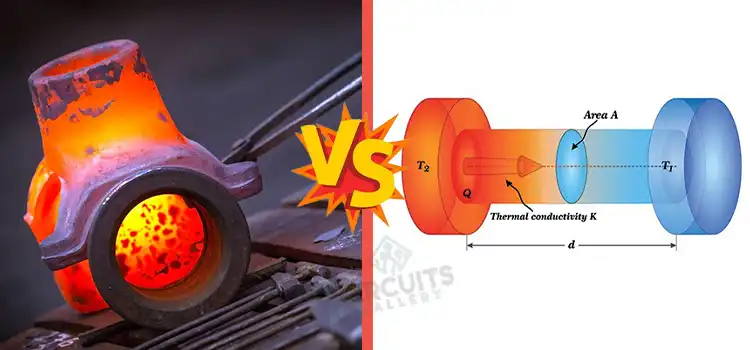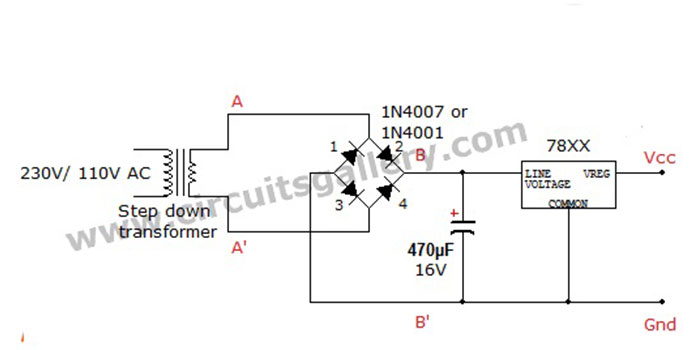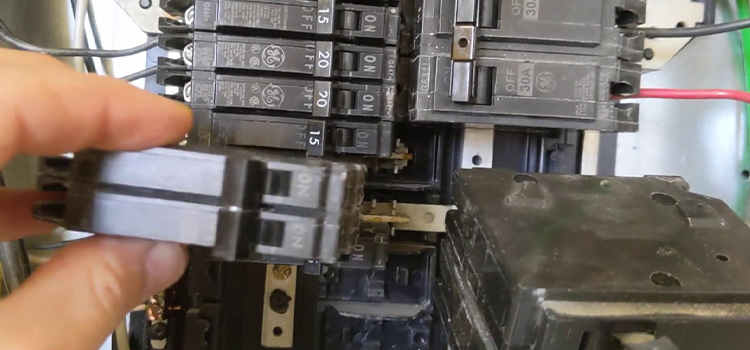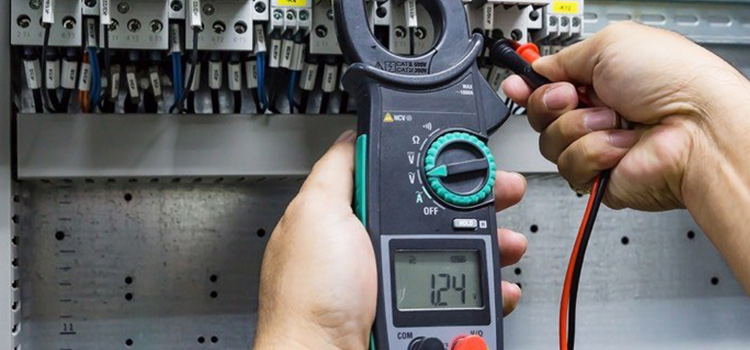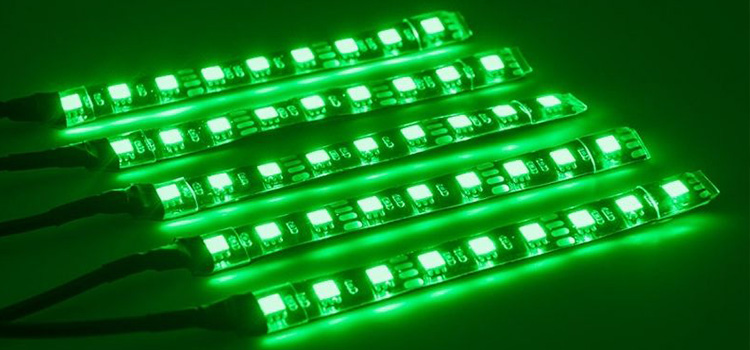[Answered] What Is 0dB or 20dB?
0dB and 20dB are two crucial references that point to the decibel scale in audio engineering. Speaking at the upper limit of audibility is regularly shown by 0 dB, whereas a low whisper is frequently demonstrated by 20 dB. As a result, a sound that’s 20 decibels louder than decibels will be 100 times louder.
The decibel scale is a logarithmic scale, which recommends that each increase of 10dB represents a ten times increase in sound pressure level. This could be a bit irrational since it implies that a sound that’s 10dB louder than another sound is truly 10 times louder.
In this article, we will explore the centrality of 0dB and 20dB as well as highlight their conceivable applications in several audio-related circumstances.
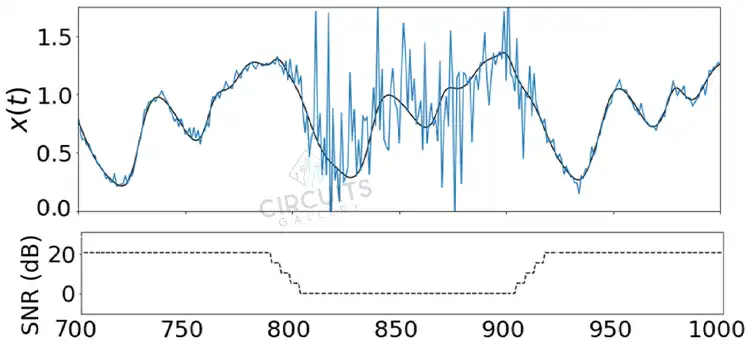
What Does 0dB & 20dB Mean?
On the decibel (dB) scale, which is utilized to decide how loud a sound is in connection to a reference point, 0dB and 20dB are both approximations. This is what they imply:
0dB Mean
0dB sets the standard for enhanced sound. The last level of sound that can be recognized by a normal human ear is often referred to in acoustic engineering as 0 dB, or the constraint of human hearing.
Any sounds underneath dB are assumed to be noiseless or included until no sound can be heard. At this level, the sound is reasonable and capable of being heard. The quietest sound that can be measured or recorded is 0 dB, to put it another way.
20dB Mean
Ten times louder than the 0dB reference level is the 20dB sound level. It is regularly utilized as a loudness standard in numerous sound applications. A sound that’s 20 decibels (dB) over the human hearing edge (0 dB), for occurrence, is ordinarily respected as being quiet.
A sound that’s 40 decibels (20 dB + 20 dB) will be twice as loud, and so on. A 20 dB distinction is required since it reflects a noteworthy increment in volume.
In a nutshell, the limit at which human hearing is limited is 0 dB, even if 20 dB compares to a volume that’s 10 times louder than the gentlest sound. These estimations are pivotal to audio engineering since they let specialists set up and control sound levels in a number of settings, counting mixing, and recording.
Applications of 0 dB and 20 dB in Sound Measurement
The applications of 0dB and 20dB in sound estimation are various and basic in different viewpoints of audio engineering and sound processing. Let’s investigate a few of the key applications.
Audio Recording and Mixing
When recording, understanding 0 dB is important to maintain a strategic distance from background noise and ensure clear recordings. Sound mixing involves adjusting various musical and musical components to achieve the proper level, frequently using 0 dB as a reference.
Meanwhile, 20dB serves as a guide to adjust the relative levels of different tracks to achieve a well-balanced mix.
Mastering and Finalization
Understanding both 0dB and 20dB in sound helps guarantee that the general loudness compares to the expected listening range and carrier platform, where the keys are finally associated with a mix. This makes a difference in preventing clipping, which can happen when sound levels rise over 0 dB.
Sound Reinforcement
To determine the appropriate sound levels for speakers and amplifiers in a live audio event, such as a concert or public event, sound engineers utilize the benchmark of 0dB. Additionally, they customize the relative loudness of various components of the audio scene starting at 20dB.
Broadcasting and Media
Within the generation of multimedia, keeping ideal sound levels is fundamental for a reliable and fulfilling listening experience. Keeping up sound quality over numerous media formats, such as radio, TV, podcasts, and streaming, is made simpler by understanding 0dB and 20 dB.
Frequently Asked Questions and Answers – FAQs
Are there any standardized guidelines for maintaining dB levels in different audio applications?
Yes, different industries, such as broadcast and streaming platforms, follow standardized rules to maintain consistent sound levels, guaranteeing a uniform listening experience.
What does a gain of 20db mean?
A gain/loss of 20 dB corresponds to a hundredfold increase/decrease in the signal level.
Which sound dB is best for hearing?
Sound at 70 dB or less is considered safe for our hearing. This is the sound of a normal conversation between two people. Sound above 70 dB will damage hearing over time.
Conclusion
In conclusion, the limit of human hearing is 0 dB, whereas 20 dB is ten times stronger. They are fundamental for level alteration, avoiding distortion, and creating a balanced sound in audio engineering. Mastering their application engages specialists to create captivating sound experiences over distinctive stages.
Subscribe to our newsletter
& plug into
the world of circuits
